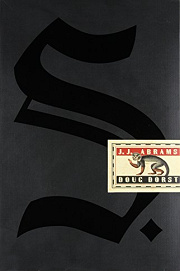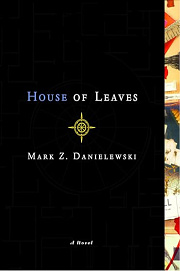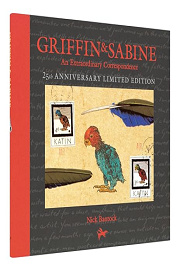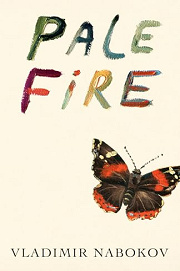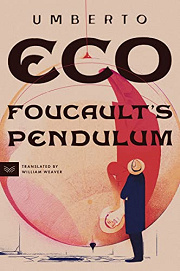Share your thoughts in a quick Shelf Talk!
S. by Doug Dorst and J.J. Abrams
"A novel within a novel, a love story scribbled in the margins, and a conspiracy that unfolds through maps, postcards, and clues you can hold. Inventive and immersive, S. turns reading into an adventure of its own."
Have you read this book? Share what you liked (or didn’t), and we’ll use your answers to recommend your next favorite read!
Love S. but not sure what to read next?
These picks are popular with readers who enjoyed this book. Complete a quick Shelf Talk to get recommendations made just for you! Warning: possible spoilers for S. below.
In S., did you enjoy ...
... the mind-bending, book-within-a-book design and marginalia?
House of Leaves by Mark Z. Danielewski
If you loved piecing together V.M. Straka’s identity through FXC’s footnotes and Jen and Eric’s evolving margin notes in S., you’ll relish how House of Leaves turns page layout, footnotes, and commentary into the story itself. Like following S. through the labyrinthine ship and decoding hidden ciphers, you’ll sift through Johnny Truant’s notes, editorial fragments, and typographical puzzles to uncover a reality-warping narrative buried inside another.
... the tactile inserts and hand-written correspondence?
Griffin & Sabine by Nick Bantock
The thrill you got from pulling out postcards, maps, and scribbled ephemera in S.—and watching Jen and Eric’s relationship bloom across the margins—finds a romantic, mysterious echo in Griffin & Sabine. Presented through actual letters and postcards you remove and read, it recreates that intimate, hands-on sleuthing you did when decoding FXC’s notes and the cryptic clues tucked among the pages of Ship of Theseus.
... the layered commentary that becomes its own story?
Pale Fire by Vladimir Nabokov
Just as S. hides a second narrative in the margins—Jen and Eric’s investigation reframing Straka’s text—Pale Fire turns a poem’s commentary into a sly, competing tale. If tracking how FXC’s footnotes and the students’ annotations reshape your understanding of S., Vevoda, and the secret history behind the book hooked you, you’ll love how Kinbote’s notes twist the poem into an intricate, haunting puzzle of identity and obsession.
... the nested, time-hopping structure?
Cloud Atlas by David Mitchell
If the non-linear layering of Ship of Theseus, FXC’s interjections, and Jen and Eric’s out-of-order dialogues kept you shuffling pages and timelines, Cloud Atlas will scratch that same itch. Its six interlinked narratives—each echoing and reframing the others—offer the same revelatory click you felt when a marginal note in S. suddenly cast an earlier chapter, a footnote, or a coded message in a startling new light.
... the literary conspiracy and shadowy cabals?
Foucault's Pendulum by Umberto Eco
The way S. spirals from a campus-library mystery into a web of clandestine movements, assassinations, and the specter of Vevoda will feel right at home in Foucault’s Pendulum. As in tracing Straka’s trail through forged identities, coded footnotes, and perilous research, you’ll follow editors who assemble a grand conspiracy from scattered texts—only to discover their invented plot might have very real, dangerous believers.
Unlock your personalized book recommendations! Just take a quick Shelf Talk for S. by Doug Dorst and J.J. Abrams. It’s only a few questions and takes less than a minute.
